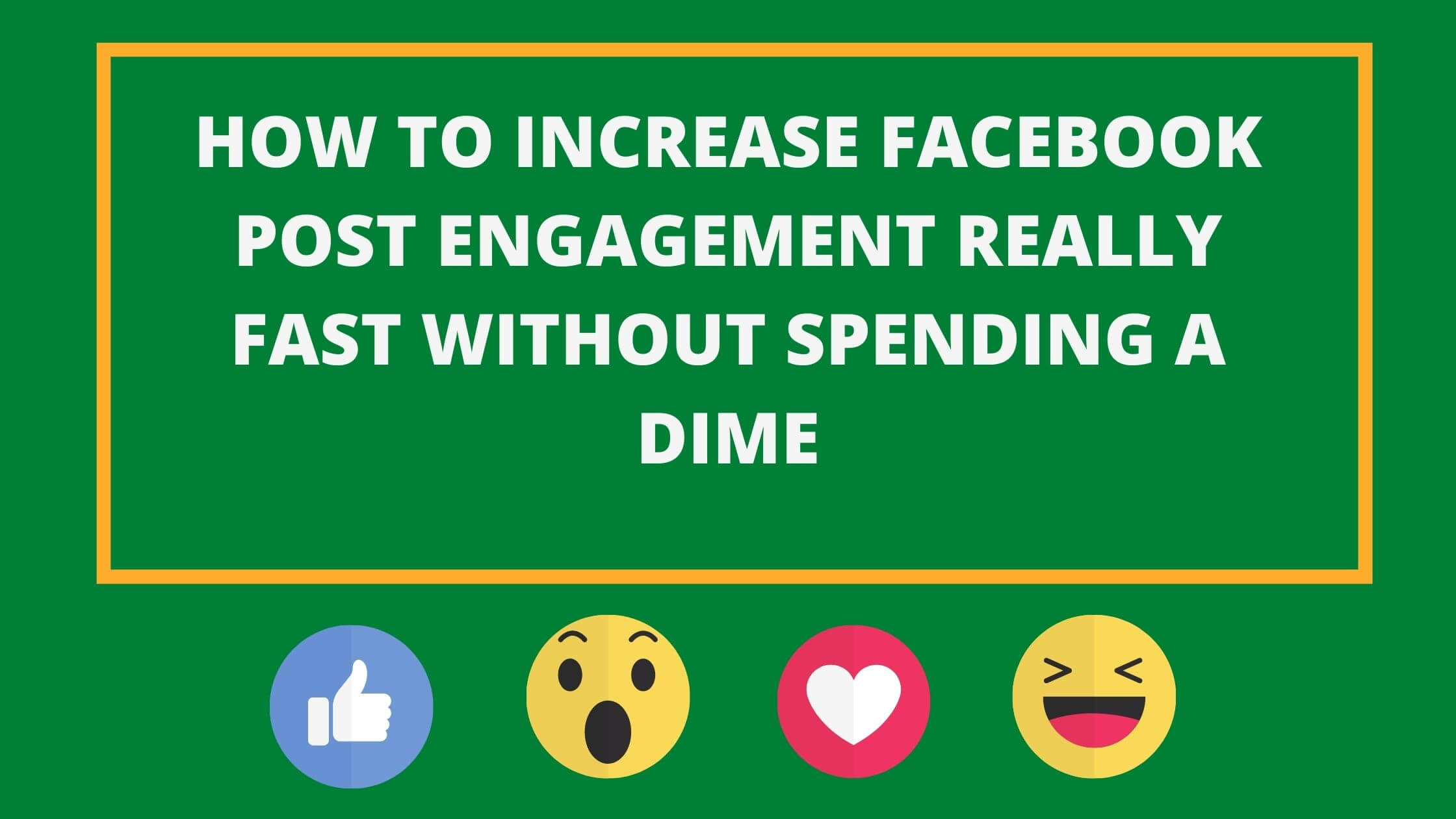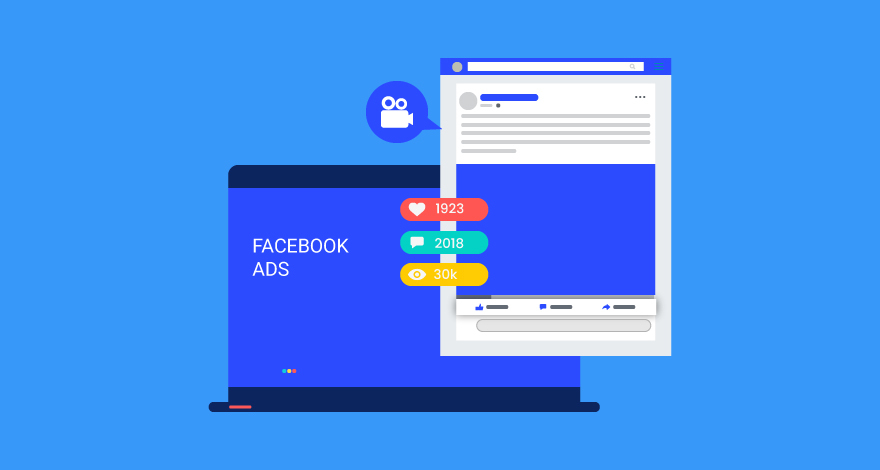
Humor marketing is a great way to get more customers to your brand. You should choose the right topics for your jokes. You should limit the topics you choose to use in your jokes. Remember that timing is crucial when making comedic jokes. Improper timing can make it look unprofessional or insensitive. Also, you should never be funny for its own sake. Stick to jokes that relate to your brand, and that promote your message.
Irreverent humour
Humour can often be used to highlight a point. While it may be difficult for some audiences, it can also be a good way of reaching younger people. It should not be used to excuse the topical. It is unlikely that people will take seriously satirical pieces on politics or religion.
Marketing is not complete without irreverent humor. It's easy to see why it works. People feel happy when they laugh. They release endorphins that trigger positive reactions. This positive feeling can cause people to associate your brand as positive. Humour has the key benefit of strengthening the relationship between your brand and its customers.

Observational comedy
Observational humour, a form or humour that turns everyday quirks into humorous jokes, is called observational humour. This type humour is usually combined together with deadpan humour. This form has become increasingly popular through meme culture, and can be used to generate engagement. However, in order to use this form of humour, you must know your target audience. To be able to come up with the best jokes possible for them you will need to learn about their hobbies and interests.
The most common form for observational humour involves referring to a well-known series/event. Intel's famous ads are examples of this type. These ads refer to geek culture and use geeks as their advantage. It is also easy to predict the tagline for these ads.
Humour that is character-driven
Businesses of all industries have a lot to offer in the way of humor. Humour can be used to reach key audiences and convey brand messages. Knowing where to begin is key to making your marketing messages memorable. Here are a few examples of creative ways to use character-driven humour.
You must first understand your audience. Humour, a subjective form marketing, is more effective if you know your audience. To create positive associations between the brand and people's lives, it helps to get to know your audience. People will laugh at a brand that is relatable and trustworthy. It can also reduce stress and anxiety.

Humor marketing through social media
The use of humour in social media efforts can prove to be an effective tool. But, this tactic won't work for every situation. This tactic can be misinterpreted and it's a good idea for you to consult your audience before using it. Nevertheless, it can be a powerful call-to-action and an eyeball magnet for brands.
Humor is a great way to connect with your audience, and make a lasting impression. Laughter, an inherent human quality, should be incorporated into your social media strategy. You must make sure that the content you post is relevant to your campaign's goals in order to be effective.
FAQ
What is affiliate Marketing?
Affiliate marketing can be described as an online business model. You earn commissions by referring customers who purchase products and/or services on other websites. The product owner pays you for each person who buys from you.
Referrals are the basis of affiliate marketing. To get people to buy from your affiliate marketing, you don't have any special requirements. You just need to refer them to our website.
You can make money without doing any hard selling at all. Selling is as easy as buying.
It takes just minutes to set up an account as an affiliate.
Referring as many people as possible will increase your commission.
There are two types.
-
Affiliates who own their websites
-
Affiliates working for companies offering products or services.
How can I choose my target audience
Start with yourself and those closest to your heart. If you don't know where to begin, ask yourself, "who am I trying to reach?"
Ask yourself the following questions: Who are my industry's most influential people? What are their biggest challenges? Who are my top-ranking people? They hang out online.
Take a look back at how you started your company. Why did you begin? What problem solved you for yourself? How did that happen?
These questions will enable you to identify your ideal client. This will allow you to learn more about your ideal customers and their motivations for buying from you.
For clues on who your competitors cater to, check out their websites and social media pages.
Once you have identified the target customers, it is time to decide what channel(s) you want to use to reach them. For example, if your company provides services to real estate agents, you might create an informational website targeting home buyers.
A blog that targets small-business owners could be a possibility if you are a software provider.
A Facebook page could be created for clothing sellers. You could also set up a Twitter account if your restaurant is a business owner to help parents find kid-friendly restaurants.
The important thing is that you have many options for getting your message across.
Is it possible for traffic to be free?
The traffic that is free comes from organic search results and does not require you to pay for ads. This traffic is known as natural or organic traffic. There are many ways to get free traffic, such as article marketing, social media marketing, blogging, etc.
Article Marketing is one of the most popular methods of getting free traffic because articles have an extremely low cost per click (CPC). Paid ads have a higher CPC, but the CPC is typically much lower than paid ads. Article marketing is also referred to as content marketing.
Social Media Marketing - Social media sites like Facebook, Twitter, and LinkedIn allow you to promote your business through advertising. These social media platforms can be used to post updates and share photos. You may also build relationships with potential customers. Many businesses choose to pay for ad space on social media websites because they want to reach a wider audience at a lower price.
Blogging - Blogging is another great way to generate free traffic. If you create quality content that people love to read, visitors will find you. You can sell products and services once you have attracted visitors to your blog.
Email Marketing: Email marketing is a proven method to increase traffic to your website. Regular email marketing is a great strategy to increase your subscribers and ultimately sell something.
What should you know about printing advertising?
Print advertising is an effective medium for communicating with consumers. Print advertising is used extensively by companies to promote their products or services. Its main purpose is to grab the attention of consumers.
Print ads are typically short (1 page) and usually include text, photos, logos, or other graphics. These ads may include sound, animation and video as well as hyperlinks.
These are the main types of print ads:
1. Brochures are large-format printed materials that are designed to draw people into shops. Brochures can often be adorned with brightly colored images and eye-catching designs.
2. Catalogues - These are smaller versions of brochures. These are typically sent to customers who ask for specific information.
3. Flyers – These are tiny pieces of paper distributed at events like concerts or fairs. They can be given at retail outlets but must be paid for.
4. Posters – These are larger versions than flyers. They are placed on walls, fences, buildings and other surfaces. They are usually made using computer software programs, which is designed to draw the eye of passersby.
5. Direct mail - These are letters or postcards that are sent directly to potential customers. These are sent periodically by companies to remind current customers about their business.
6. Newspaper Ads - These advertisements are found in newspapers and magazines. They are usually very long and contain text and images.
How much does advertising on social media cost?
Social media advertising is expensive if you choose to take this route. You'll be charged monthly according to how long you spend on each platform.
Facebook - $0.10 per 1,000 impressions
Twitter - $0.20 Per 1,000 Impressions (if you tweet).
Linkedin - $0.30 for 1,000 impressions if your send out invitations
Instagram - $0.50 Per 1,000 Impressions
Snapchat – $0.60 per 1,000 impressions ($0.40 for each user)
YouTube - $0.25/1000 views
Tumblr – $0.15 per 1000 impressions for text postings
Pinterest - $0.05 per 1,000 impressions per month
Google + - $0.15 - $0.20 per 1 Million Impressions
Tumblr- $0.15-$.20 for 100,000 impressions
Vimeo – $0.20- $0.25 Per 10,000 Impressions
Soundcloud - $0.20-$0.25 per 1 million plays
StumbleUpon - $0.20 -$0.25 per 1 billion pageviews
Digg - $0.20- $0.25 for 1000 diggs
Reddit $0.20-$0.25/1000 comments
Wordpress - $0.20--$0.25 per 500 comments
Flickr - $0.20 -- $0.25 per 5,000 photo uploads
What are the basics of internet advertising?
Internet advertising is an essential part of every business strategy. It allows companies to reach potential customers at low costs. There are many options for internet advertising. Some are free, while others require payment.
There are many ways to advertise online, including pop-up ads and banner ads. Each method has its benefits and drawbacks.
What is advertising's primary purpose?
Advertising is not just about selling products; it's also about creating an emotional connection between you and your customers.
Advertising is about communicating ideas and values to people who are already interested in what you have to offer. Advertising is about changing people's minds and attitudes. It's about building connections.
It's about helping people feel good about themselves.
But, if you don’t have a clear understanding of your customers’ needs, you will not be able sell anything.
You must first get to know your customer before you can start advertising projects.
You can then design ads that resonate with them.
Statistics
- It's 100% reliant on your website traffic. (quicksprout.com)
- Advertising spending as a share of GDP was about 2.9 percent. (en.wikipedia.org)
- This means that at least 50% of an ad needs to be shown on the screen for at least one second. (quicksprout.com)
- Nonetheless, advertising spending as a share of GDP was slightly lower – about 2.4 percent. (en.wikipedia.org)
External Links
How To
How can I advertise through Google?
AdWords is Google's advertising platform where businesses can buy ads based on keywords they want to target. Your account is the first step. Set the budget, select the campaign name, and then add keywords. Next, you will bid for those keywords. Clicking on an advertisement will only result in you being paid if the click is from someone who searched one of your targeted keyword phrases. This ensures that you are paid even if people do not buy anything.
Google has many tools available to make sure your ads are effective. These tools include Ads Preferences Manager Manager, Keyword Planner and Analytics. These will allow you to identify the best options for your company.
A keyword planner allows you to determine the best keywords to use in your campaigns. It can help you decide whether or no to spend money on certain keywords.
Ads Preferences Manager is available to alter settings such as maximum number of impressions per calendar day and minimum cost per click.
Analytics lets you track the performance of your ads and compare them to competitors. You can also view reports that show how well your ads compared to others.